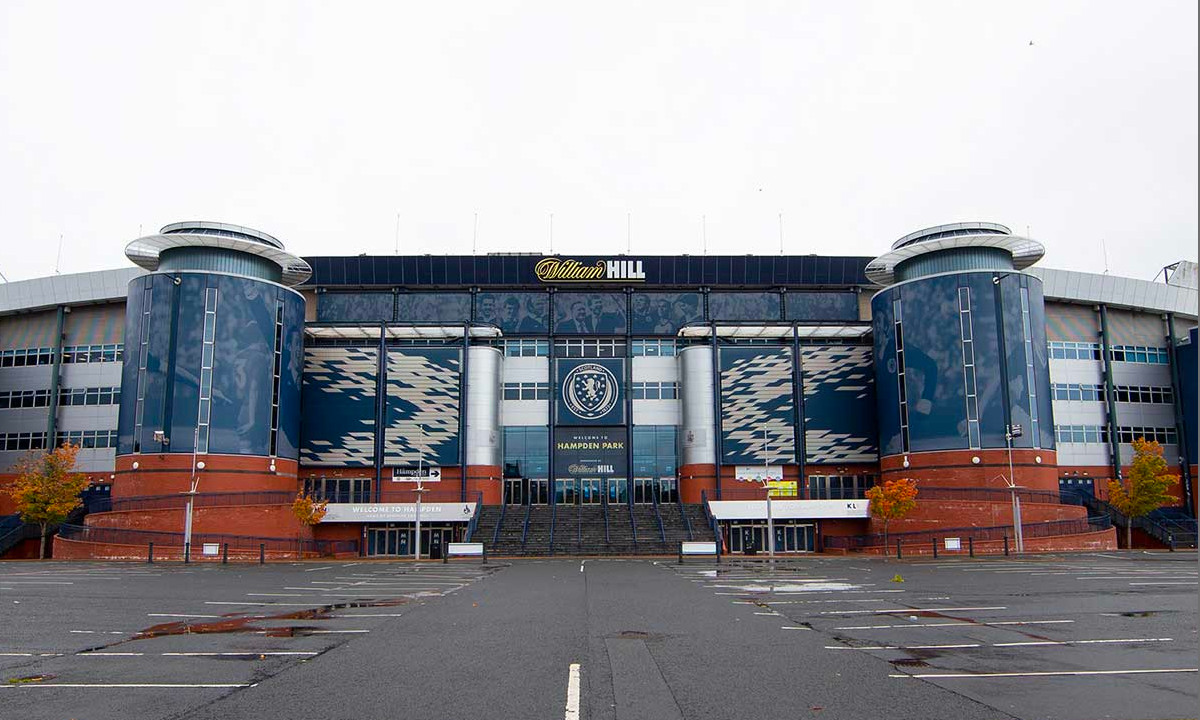News broke this week that the SPFL has established a working group to explore league reconstruction — but the suggestion of moving to a 10-team top flight has already been met with widespread fan frustration.
Frankly, we get it.
The idea of shrinking the Premiership and scrapping the post-split format flies in the face of what made Scottish football more exciting in recent years. A return to a 10-team league with no split feels like a step backwards, not forward. And crucially, it ignores the bigger picture — fans want change, but not this kind.
Here’s why we think the 10-team model just doesn’t cut it:
Less competition: With no split and fewer teams, the league run-in becomes predictable. Mid-table sides have little to fight for by March.
TV deal concerns: The current 12-team structure almost guarantees four Old Firm matches each season — the crown jewels of the SPFL’s broadcast appeal. Shrink the league, and that balance is at risk.
Repetition breeds staleness: Playing fewer teams four times a season will be even more tiresome than the current format. Fans want variety, and more meaningful fixtures.
A Bold Alternative: A 14-Team Premiership With Relegation and Playoff Reform
If change is coming, let’s make it bold and progressive. Here’s how a 14-team Scottish Premiership could work — and benefit clubs at every level and a higher chance of excitement all the way to the end of the season.
Proposed Scottish Premiership League Format
- 14 teams
- Phase 1: Everyone plays each other home and away (26 games)
- Phase 2: Split into Top 6 and Bottom 8
- Top 6 play each other home and away (10 games, total 36)
- Bottom 8 play each other home and away (14 games, total 40)
This keeps the league competitive:
- Top 6 feature the best of the best — a high-quality end to the season with guaranteed drama.
- Bottom 8 fight it out to avoid relegation, with 2 automatic relegation spots and 1 playoff spot to add jeopardy and excitement.
- 4 Old Firm Derbies are maintained — both teams would almost certainly make the top six, preserving the four-game guarantee broadcasters demand.
- Fixture imbalance improved — every club would play an equal number of home and away games. The compromise is that the top six play fewer games than the bottom eight.
Relegation & Promotion
To ease the transition:
- First season: 1 team relegated, 3 promoted from the Championship to expand the league.
- From Year 2 onward:
- Bottom 2 in the Premiership go down automatically
- Playoff structure:
- 3rd in Championship vs lowest-ranked playoff Premiership team
- 4th in Championship vs 2nd-lowest Premiership team
- Winners play off to decide promotion/relegation
This opens up real opportunities for ambitious Championship sides while keeping things fair for struggling Premiership clubs.
Youth Development Must Be Part of the Plan
League reconstruction is also a chance to address deeper issues in Scottish football — like the lack of opportunities for young Scottish players.
Here are two ideas to support youth development:
Homegrown Player Incentives
Clubs receive enhanced prize money if they meet a minimum quota of minutes for homegrown players across the season. This could be between 10%-20% of the overall available prize money. TV revenue should be kept separate from this. We see no reason why the SFA would not want to support the SPFL with a program that looks to encourage more playing minutes within the top Scottish league for young Scottish players, however, if that’s a non-starter, then perhaps the percentage of the prize fund could be withheld from teams not meeting the quota, with any excess redistributed to clubs based on the additional minutes given to young Scottish players. to clubs based on the excess number of minutes given to young Scottish players.
Second Teams in the Championship and League One
Premiership clubs can choose to field a second team in the Championship or League One. With a maximum of 6 second teams per league. There would be no promotion / relegation eligibility and no prize money for these teams. Which league the team is placed in would be based on the finishing position of the first team in the Premiership and the demand for second teams from these clubs. Relegated Premiership clubs must remove their second teams.
This gives young players real competitive minutes while maintaining integrity in the lower leagues. What’s more, by allowing up to six of these teams in the Championship the quality of opponent is more closely matched to the associated first teams. Unlike the previous set up where Rangers fielded their B-Team in the Scottish Lowland League, before deciding to withdraw from that as the difference in playing levels was too great.
The Biggest Barrier? The Vote.
Under SPFL rules, any reconstruction needs 11 out of 12 Premiership clubs to vote in favour — and that’s before even considering Championship and League One votes.
Championship clubs are likely to back an expanded top flight and more promotion opportunities. But some Premiership clubs — particularly those hovering around 10th or 11th place — may resist due to the increased risk of relegation.
A compromise could be to introduce enhanced parachute payments for relegated teams, but let’s be realistic — this is Scotland, not the Premier League. The financial support won’t come close to what’s needed to change minds for those clubs.
Now is the time for smart, fan-focused reform. The game has grown stale — but shrinking the league isn’t the solution. The league has grown stale, but a reduction in size isn’t the answer. Expansion, competition, and youth investment are.
Let’s build a Scottish Premiership that’s bigger, bolder, and better — for everyone.
